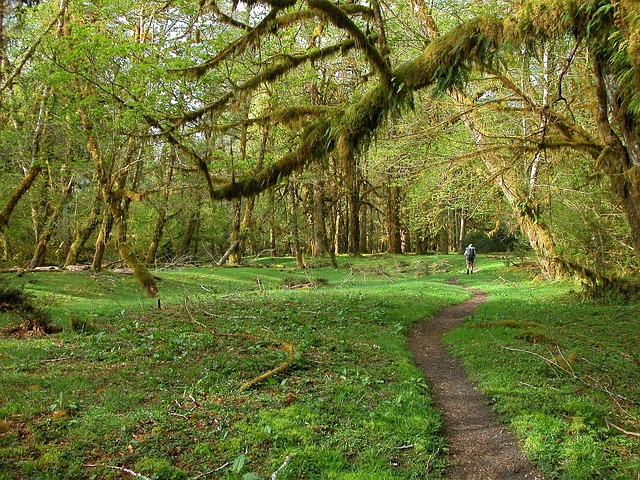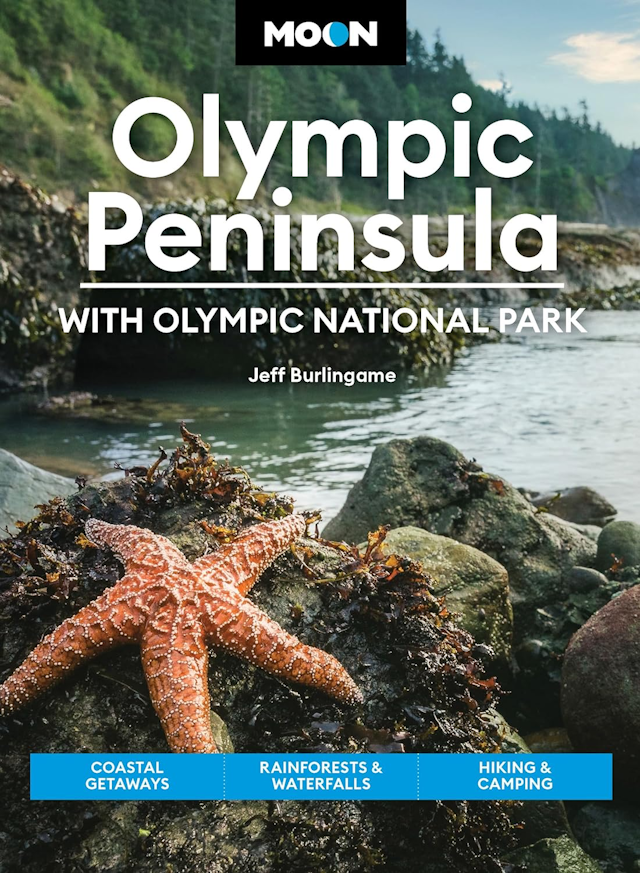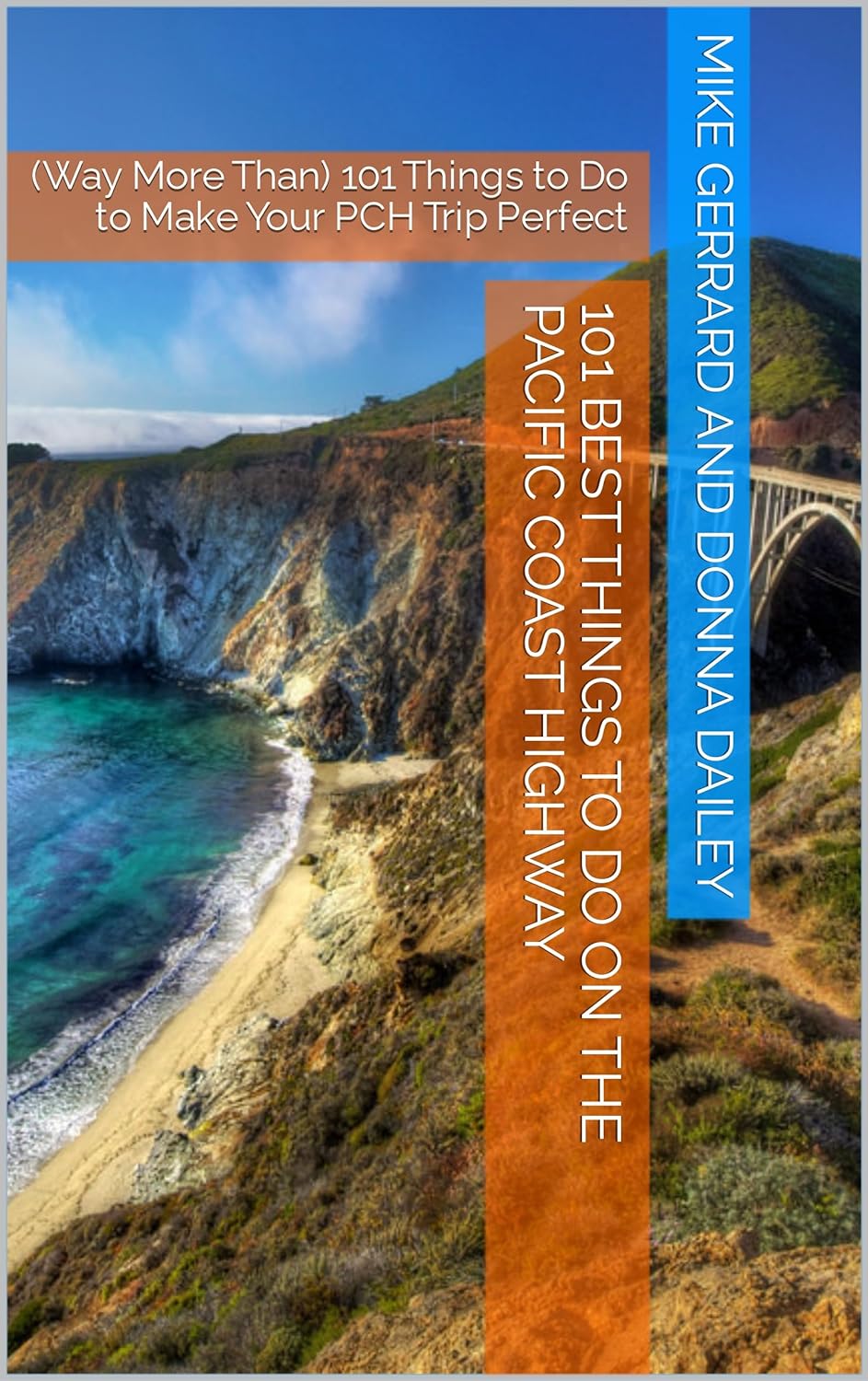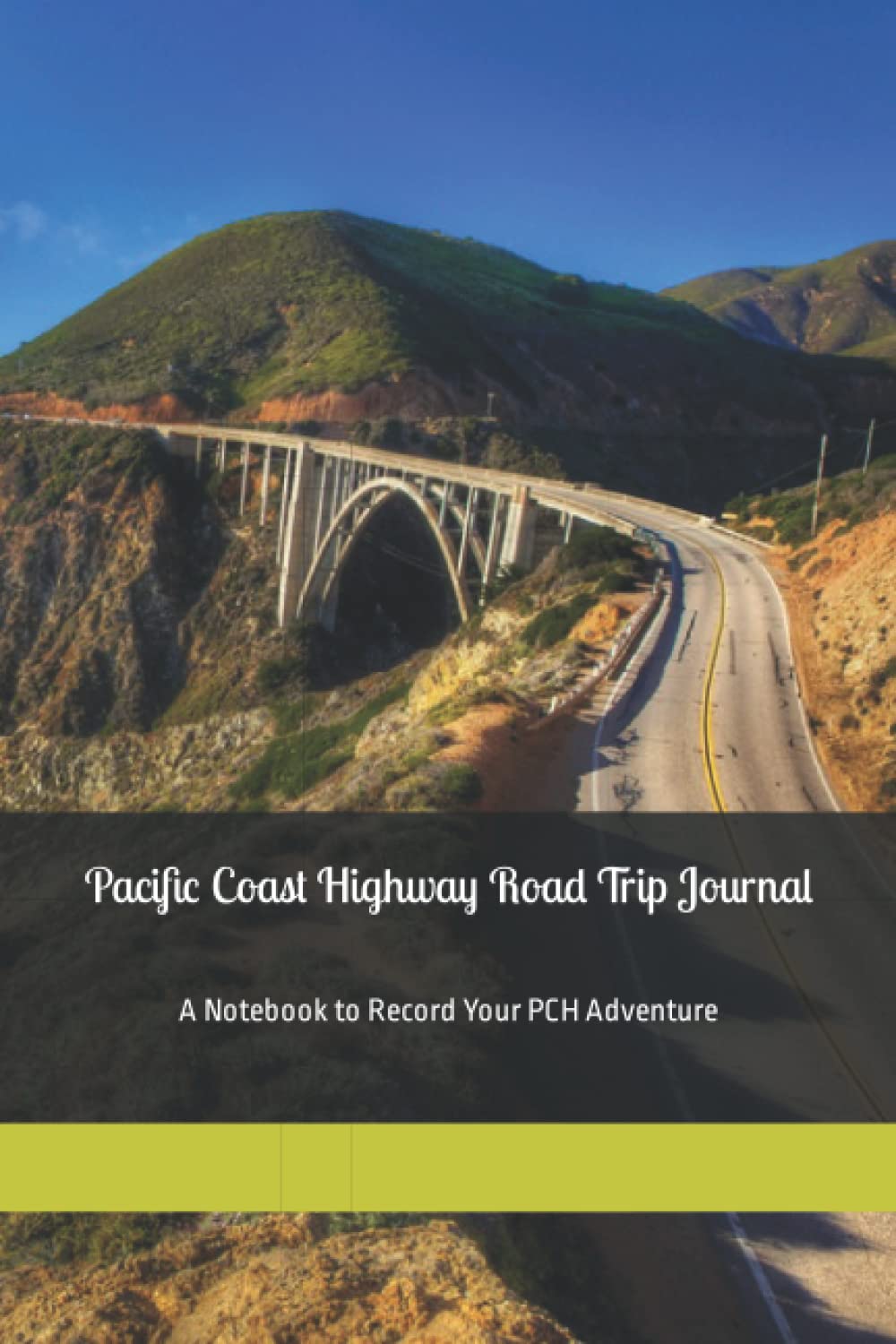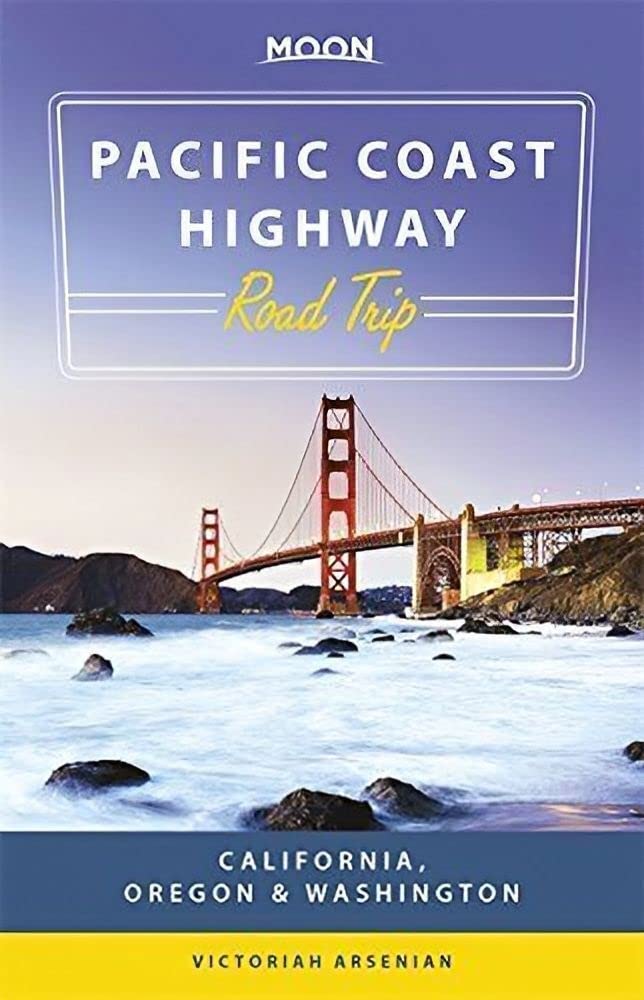- HOME
- PLACES
- Olympic National Park
- Best Time to Visit the Olympic Peninsula
Best Time to Visit the
Olympic Peninsula
PCH Travel picks the best time to visit the Olympic Peninsula, with a monthly summary of the weather, plus hotel prices and special events to help plan a visit.
The magical Olympic Peninsula, home to stunning landscapes, enchanting wilderness, and a majestic blend of rainforests, mountains, and coastline, promises an adventure for every traveler.
With a climate ranging from temperate rainforest to alpine conditions, figuring out the best time to visit the Olympic Peninsula can feel like predicting the weather pattern itself. But don’t worry, let's walk through the Peninsula's weather patterns month by month.
Best Month to Visit The Olympic Peninsula
January arrives with average temperatures between 34°F (1°C) and 45°F (7°C), and a significant rainfall measuring approximately 10.9 inches (277 mm) making it the rainiest month. Despite this, low hotel prices and snowy mountain vistas make it an attractive choice for brave explorers and budget travelers.
February warms slightly with averages from 36°F (2.2°C) to 47°F (8.3°C). Rainfall continues to be substantial at about 8.7 inches (220.9 mm), though less than January. Visiting now offers the chance to witness the splendid and highly appropriate Lake Quinault Rain Festival, all while enjoying low hotel rates.
March sees temperatures rise to 38°F (3.3°C) to 51°F (10.5°C) with rainfall dropping to about 7.1 inches (180.3 mm). With the receding rain, the visitor count starts to increase, as do hotel prices.
April marks a shift in the Olympic Peninsula climate with temperatures ranging from 42°F (5.5°C) and 57°F (13.8°C), and rainfall drastically decreases to about 3.4 inches (86.3 mm). The Spring Native Plant Sale at the Audubon center might intrigue plant lovers while semi-affordable lodging rates persist.
May hints at summer with temperatures between 48°F (8.8°C) and 64°F (17.7°C), and an average rainfall of 2.2 inches (56 mm). Hotel prices see a moderate increase with the influx of visitors seduced by the pleasant Olympic Peninsula weather.
June welcomes the tourist season in full swing with temperatures fluctuating between 53°F (11.6°C) and 70°F (21.1°C), rain dropping to just 1.3 inches (33 mm). The Lavender Festival is a must-visit, but demand-driven hotel rates require deeper pockets.
July, typically the warmest month, averages between 57°F (13.8°C) and 74°F (23.3°C). Rainfall dips further to just 0.8 inches (20.3 mm), and hotel rates are at a premium. But that's a small price for beach days and the enjoyable Rhododendron Festival.
August continues July's warmth with temperatures between 57°F (13.8°C) and 74°F (23.3°C). Rainfall is at a bare minimum and hotel prices remain high. This month marks the unique Makah Days Celebration, making it worth every penny spent on accommodation. It’s held in Neah Bay on the weekend closest to August 25th.
September brings cooler temperatures, ranging between 52°F (11.1°C) and 69°F (20.5°C). The month sees little rainfall and the crowds start to thin out, prompting a slight reduction in hotel prices. This pleasant weather, teamed with the Wooden Boat Festival in Port Townsend, makes it an ideal month to visit.
October presents average temperatures between 45°F (7.2°C) and 59°F (15°C), with an average rainfall of 3.6 inches (91.4 mm). Decreasing hotel occupancy due to a dip in visitor count results in lower accommodation prices, just in time for the Dungeness Crab & Seafood Festival in Port Angeles.
November turns colder with temperatures between 39°F (3.8°C) and 51°F (10.5°C). The average rainfall increases to about 8.2 inches (208.2 mm). The Holiday Gift and Food Fair is held this month, and low hotel rates make it a budget traveler's delight.
December brings in the chill with averages of 35°F (1.6°C) to 45°F (7.2°C) and an average rainfall of about 6.8 inches (172.7 mm). The month offers the delightful Port Townsend Victorian Yuletide Salon and lower hotel rates due to the off-season.
Best Time to Visit The Olympic Peninsula: Summary
So, what exactly is the best time to visit the Olympic Peninsula? It depends on your preference. If you're on a shoestring budget, consider visiting during the winter. Hotel rates are at their lowest, and while it's rainy almost perpetually, the snow-laden mountains are a sight to behold.
If you prefer to be dry and warm then July and August, sporting the best of the Olympic Peninsula weather, are your best bets. However, summer comes with a high price tag courtesy of increased hotel prices and a surge of tourists.
Love a mix of pleasant weather and moderate prices? Then the shoulder months - May, June, September, and October - strike the perfect balance. In particular, foodies might plan their trip around October's Dungeness Crab & Seafood Festival, a gastronomic delight.
The Olympic Peninsula climate offers an adventurous paradox, from cold, rainy winters to comfortably warm summers. Winter provides an entirely different view - misty forests, tranquil beaches, and snowy peaks, ideal for peaceful contemplation or romantic getaways.
Spring season unveils a verdant scenery dotted with blooming wildflowers, making it an optimal time for nature walks and forest hikes. The Olympic Peninsula weather during this period invites you to explore the farms and markets, sprinkled around the region.
Summertime becomes the paradise for those yearning for sun-soaked beach days, camping trips, and water sports. Every nook and corner brims with lively activities suitable for every family member.
Fall introduces a gentle crisp in the air, the turning color of leaves, and a quieter ambience. It's an ideal time for peaceful walks in the woodlands, beachside picnics, or enjoying a quiet reading break by the serene lakesides. If your taste buds crave seafood, the Dungeness Crab & Seafood Festival in October is a must-visit.
In essence, the best time to visit the Olympic Peninsula depends on what you're looking for - whether it's the least expensive travel, the dips and splashes of summer, or the thrill of off-season travel.
Recent Articles
-
Heading to Big Sur this weekend? The drive just got a whole lot easier
Jul 04, 25 04:43 AM
A chunk of road near Rocky Creek Bridge that collapsed in 2024 is now fixed, putting Northern California’s best tide pools within easy reach. -
An iconic beachside restaurant reopens on PCH after Palisades fire
Jul 04, 25 04:43 AM
Gladstones, an iconic seafood restaurant in Pacific Palisades, closed for six months after sustaining damage in the Palisades fire. The restaurant is reopening its auxiliary kitchen and public deck on… -
A Food- and Drink-Fueled Road Trip from LA to Big Sur
Jul 02, 25 04:19 AM
Everything to eat and drink as you coast from Central Coast wine country to the redwoods
